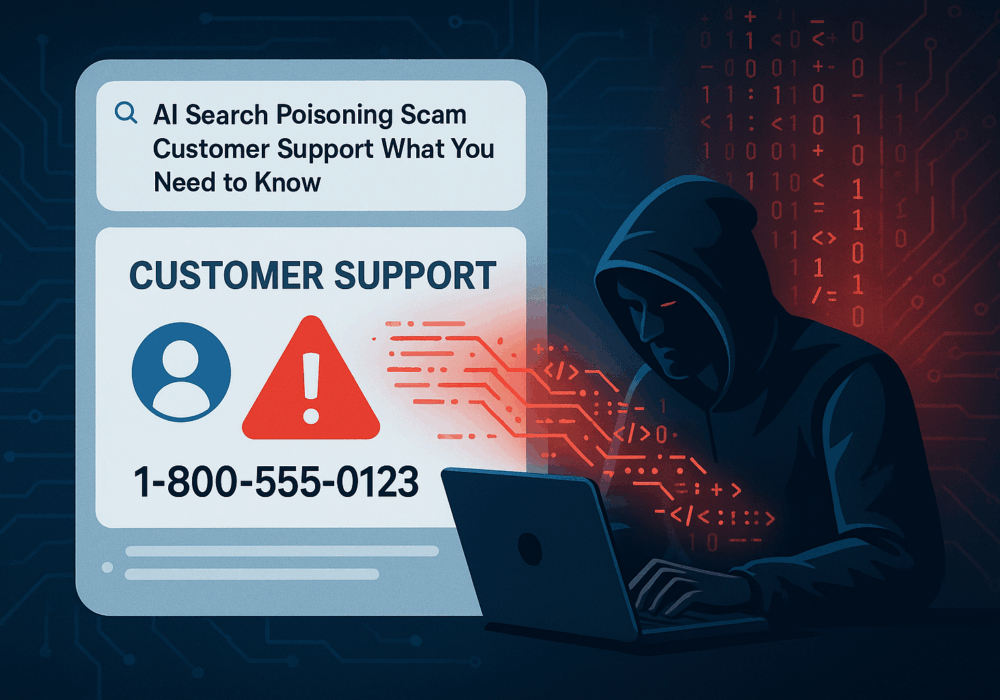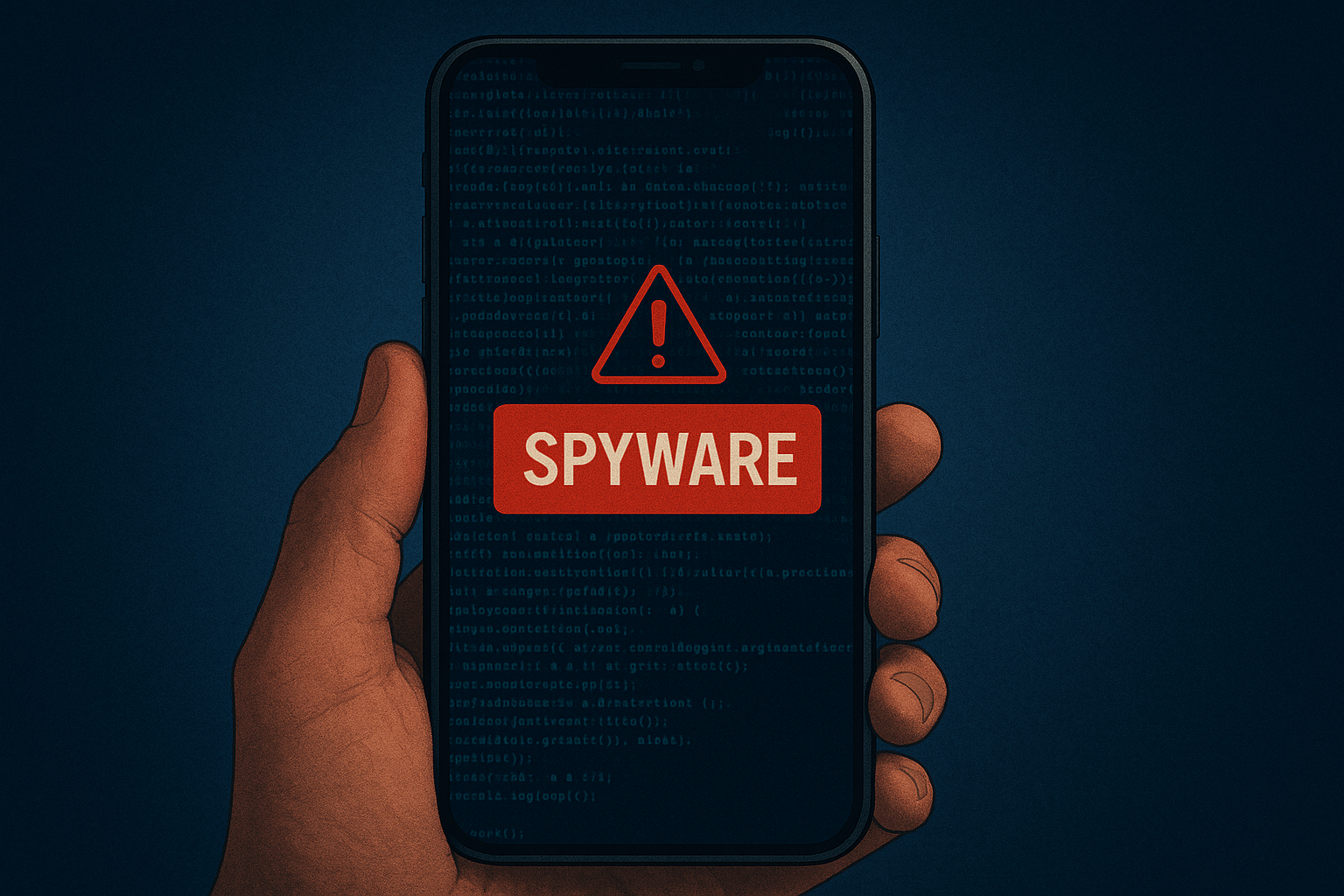A Lightweight Directory Access Protocol (LDAP) is an open, vendor-neutral, industry standard application protocol for accessing and maintaining distributed directory information services over an Internet Protocol (IP) network. The networks can be on the public internet or on a corporate network. A common use of LDAP is to provide a central place to store usernames and passwords. This allows many different applications and services to connect to the LDAP server to validate users.
Source: TechTarget
Related Terms: Authentication, Two-Factor Authentication
Related Reading: Microsoft Delaying LDAP Configuration Changes to 2H 2020
Definitely. Most businesses need a centralized, authoritative directory of users and their authentication data. Tying LDAP services to your critical applications ensures that you have a single location to manage your users whether auditing, adding, or removing users to those resources. Extremely small companies with fewer than 5 employees may get by without LDAP directory services, but it wouldn’t hurt you to use this either.
Discover and share the latest cybersecurity trends, tips and best practices – alongside new threats to watch out for.

Cybercriminals always follow Internet eyeballs. Not literally, but figuratively. And today's eyeballs are...
Read more
Active Attacks on Messaging Apps The Cybersecurity and Infrastructure Security Agency (CISA) recently issued...
Read more
The world of work has changed enormously since COVID-19. Gone are the days when IT admins sat behind a corporate...
Read moreGet sharper eyes on human risks, with the positive approach that beats traditional phish testing.
